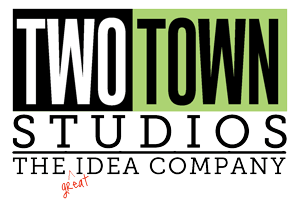Just keep ‘em coming
Creativity is allowing yourself to make mistakes. Art is knowing which ones to keep.
-Scott Adams (Dilbert)
We never go to a show without a number of new collections and a fair amount of new art, and we of course have our expectations about what is going to be a hit. Trying to predict which new art will be the hot ticket at the show has become kind of a game with us, and I’ll let you in on one of the lessons we’ve learned over the years:
You never really know for sure what is going to work, and what is going to fizzle.
You never really know for sure what is going to work, and what is going to fizzle.
I can’t tell you how many times we’ve sat down to analyze show results and wondered why a particular design or concept had no traction – especially when we had that unique and clever idea that we absolutely KNEW was going to be hot, and then…hmmm, not so much. (Fortunately it can work the opposite way too, which is always a nice surprise.)
Let’s borrow a couple of points from a Seth Godin post on making predictions:
1. It’s really difficult to make accurate predictions, because success often appears to be random.
2. Based on #1, it’s probably smart for you to initiate more projects that aren’t guaranteed winners, because most winners aren’t guaranteed.
1. It’s really difficult to make accurate predictions, because success often appears to be random.
2. Based on #1, it’s probably smart for you to initiate more projects that aren’t guaranteed winners, because most winners aren’t guaranteed.
Product markets can be both fluid and fickle, a difficult combination that keeps the targets moving. Successful licensors know this and they try to keep a stream of ideas flowing rather than settling in on one concept and constantly trying to push that rock uphill. What appears from the outside to be random success is usually not – more often it’s the result of the proverbial throwing things (things being successively better and more refined ideas) against the wall until the right idea sticks.
Maybe in our business we should forget the old trusted theory “if you build it they will come” and change it to “if you build enough of them they’ll buy one”.

